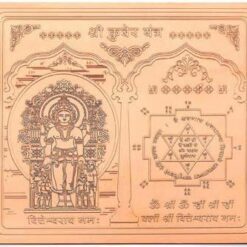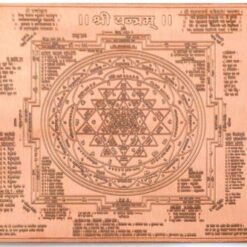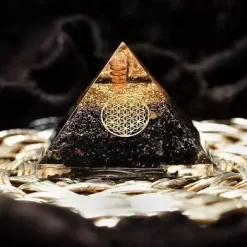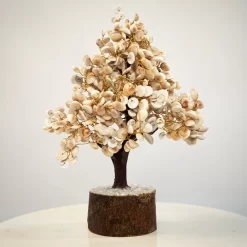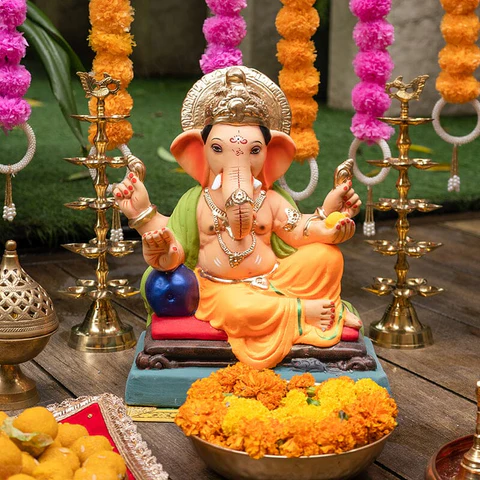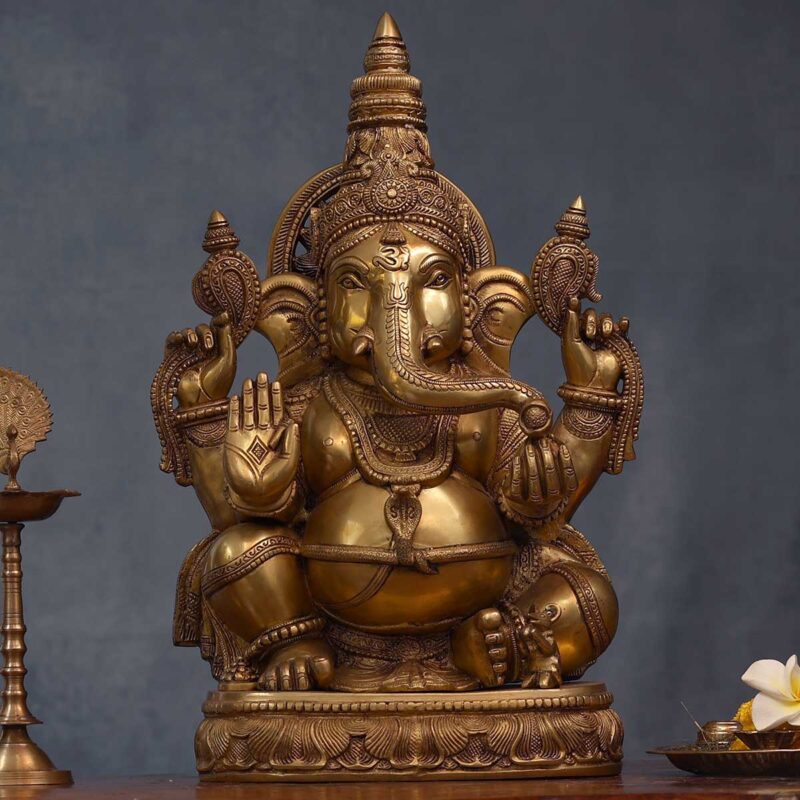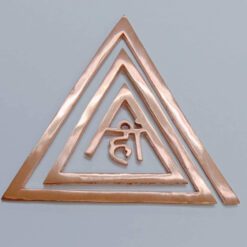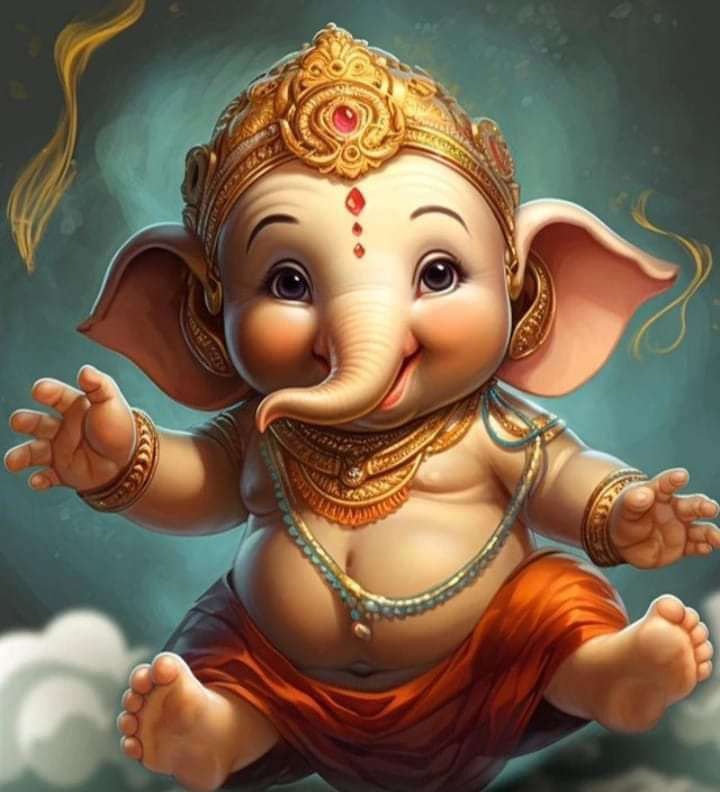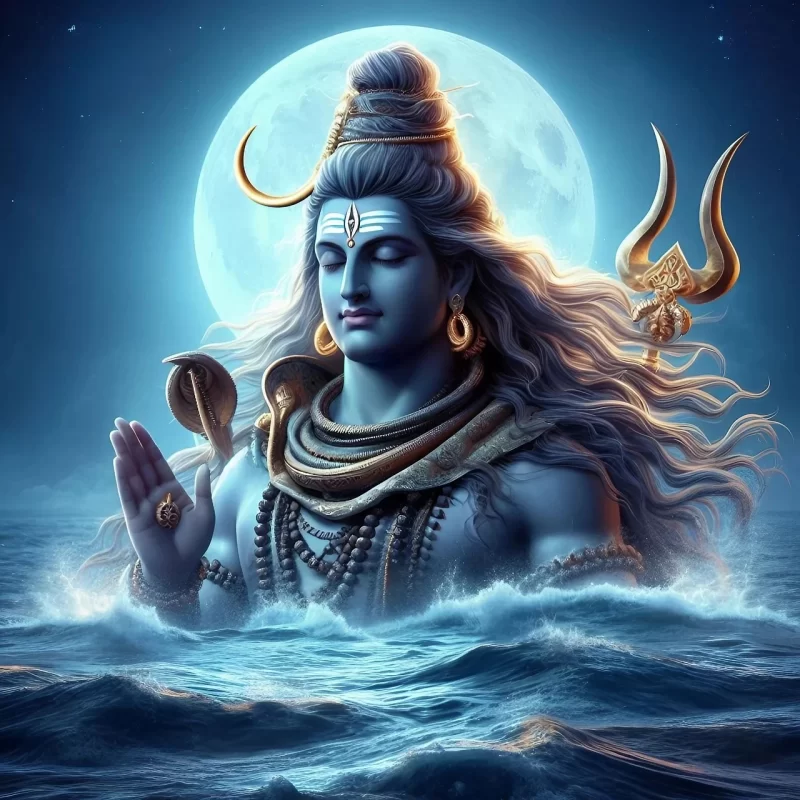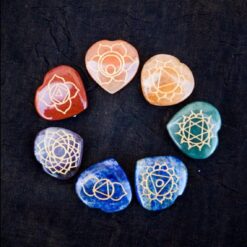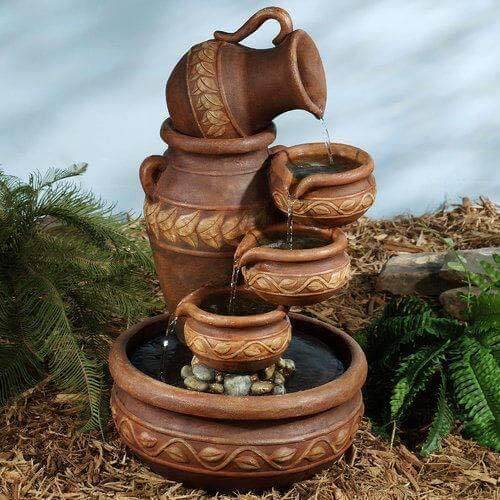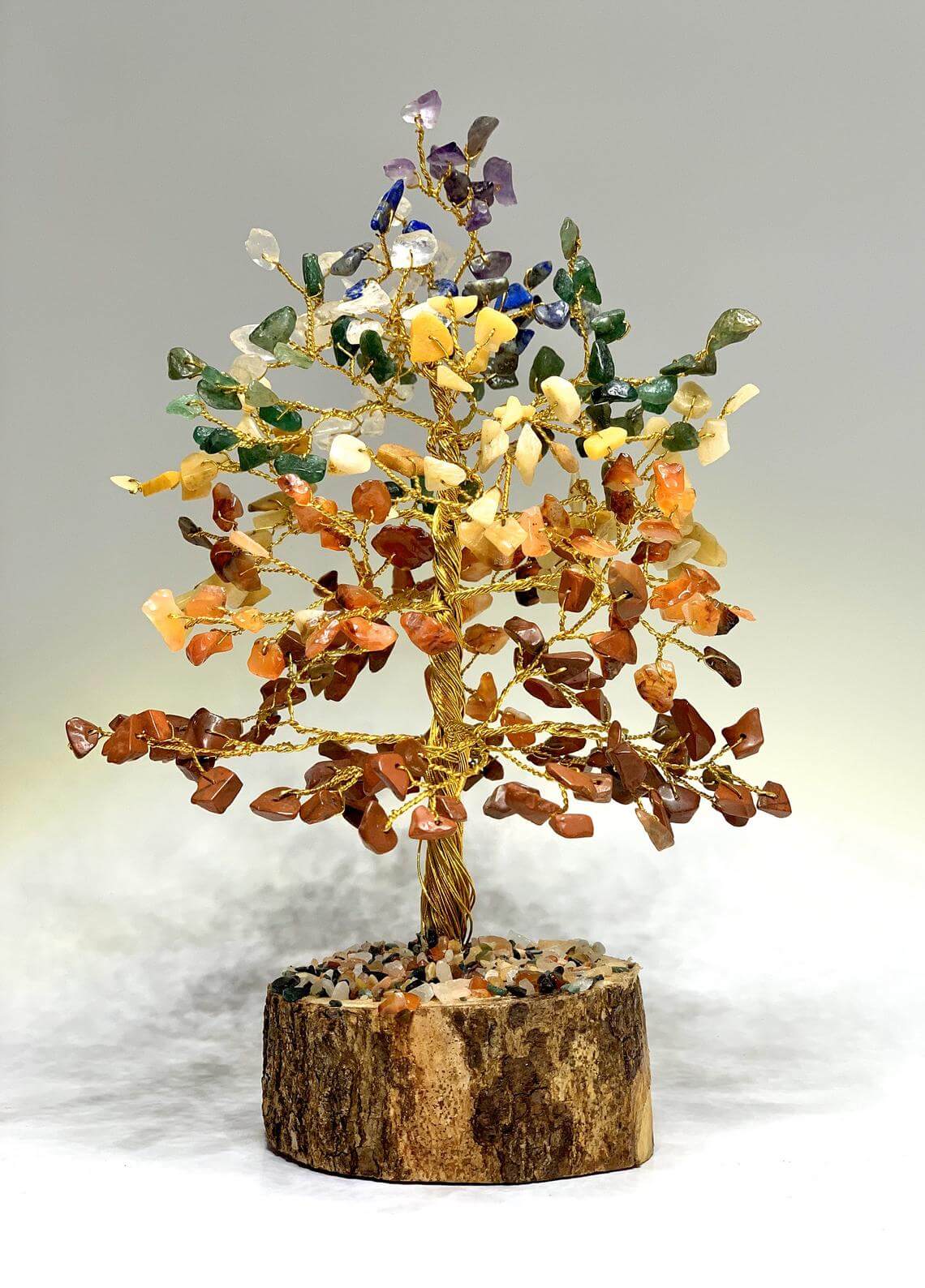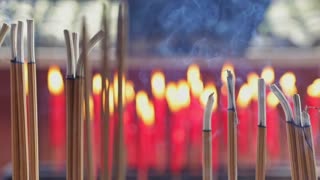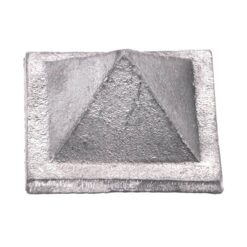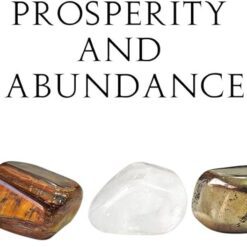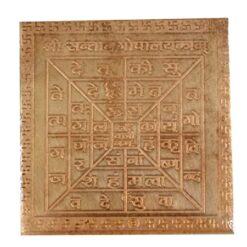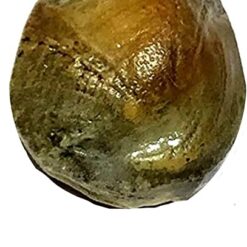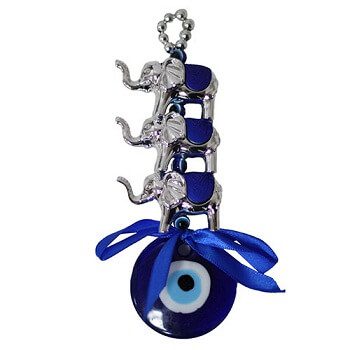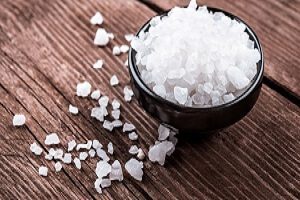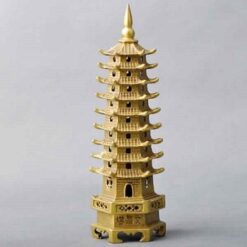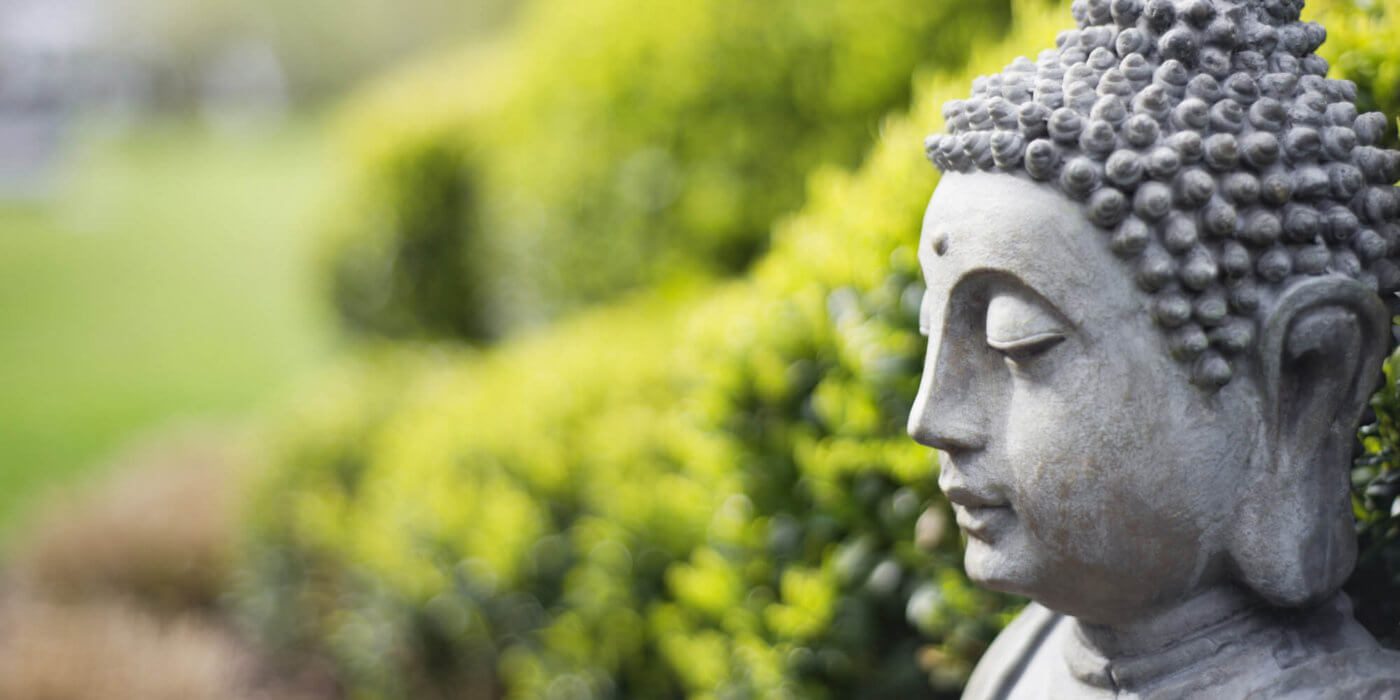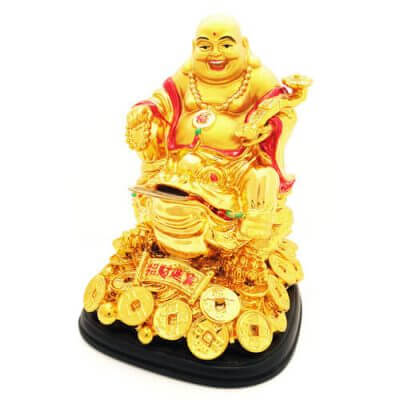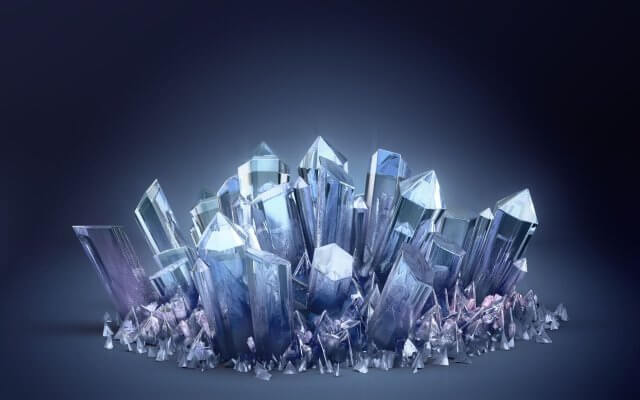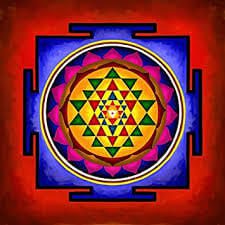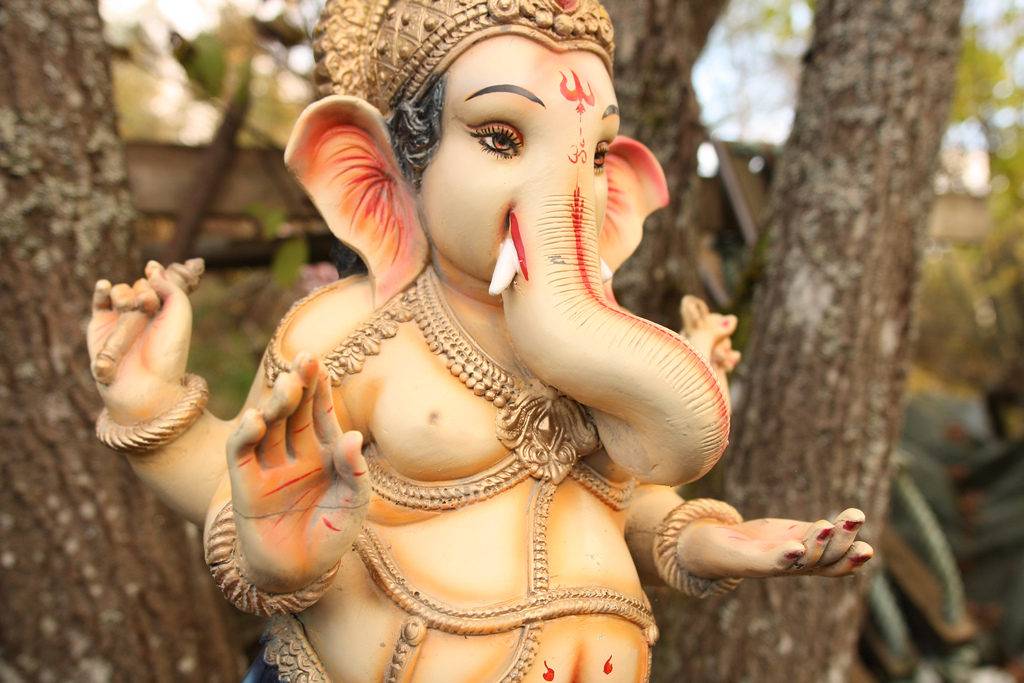
Ganesha Chaturthi, also known as Vinayaka Chaturthi, is one of the most widely celebrated Hindu festivals dedicated to Lord Ganesha, the beloved elephant-headed deity revered as the remover of obstacles and the god of beginnings. This festival typically falls in the Hindu month of Bhadrapada, usually between August and September, and culminates on the fourth day of the waxing moon period.
The festival holds immense cultural and spiritual significance across India, with Maharashtra being particularly renowned for its elaborate celebrations. It marks the birth anniversary of Lord Ganesha, who is worshiped for his wisdom, prosperity, and auspiciousness. The preparations for Ganesha Chaturthi begin weeks in advance, with artisans creating intricate clay idols of Ganesha. These idols range from small household icons to colossal statues displayed in public pandals, often adorned with vibrant decorations and flowers.
On the day of the festival, devotees wake up early to cleanse themselves and their homes before installing the Ganesha idols. The installation, known as ‘sthapana’, involves elaborate rituals and prayers conducted by priests or household members. Offerings such as modaks (sweet dumplings), fruits, and coconut are made to Lord Ganesha, accompanied by chants and devotional songs.
Throughout the festival, which can span from one to eleven days depending on traditions and regional customs, devotees engage in daily prayers, bhajans (devotional songs), and visits to Ganesha temples. Public celebrations in Maharashtra often include processions with large idols of Ganesha, accompanied by music and dancing, before culminating in the immersion of the idols in bodies of water such as rivers, lakes, or the sea. This immersion, known as ‘Visarjan’, symbolizes the cycle of creation and dissolution in Hindu cosmology, as well as the impermanence of life.
Ganesha Chaturthi transcends religious boundaries and is celebrated with equal enthusiasm by people of different faiths and backgrounds across India. It fosters a sense of community and unity as neighborhoods come together to organize pandals and festivities. Families and friends exchange visits and sweets, reinforcing social bonds and spreading joy.
The environmental impact of the festival has become a growing concern in recent years. Traditionally, Ganesha idols were crafted from clay, which dissolves in water without harming the ecosystem. However, the use of plaster of Paris (PoP) and chemical dyes in idol-making has raised environmental issues due to their non-biodegradable nature and toxic effects on water bodies. In response, there has been a significant shift towards eco-friendly practices, encouraging the use of natural materials and water-soluble colors for idol creation.
Beyond its religious and cultural dimensions, Ganesha Chaturthi holds a deeper spiritual significance. Lord Ganesha is revered as the ‘Vighnaharta’, the remover of obstacles, and invoking his blessings is believed to bring prosperity, success, and harmonious beginnings in various undertakings. Devotees seek his divine intervention to overcome challenges and fulfill their aspirations with positivity and grace.
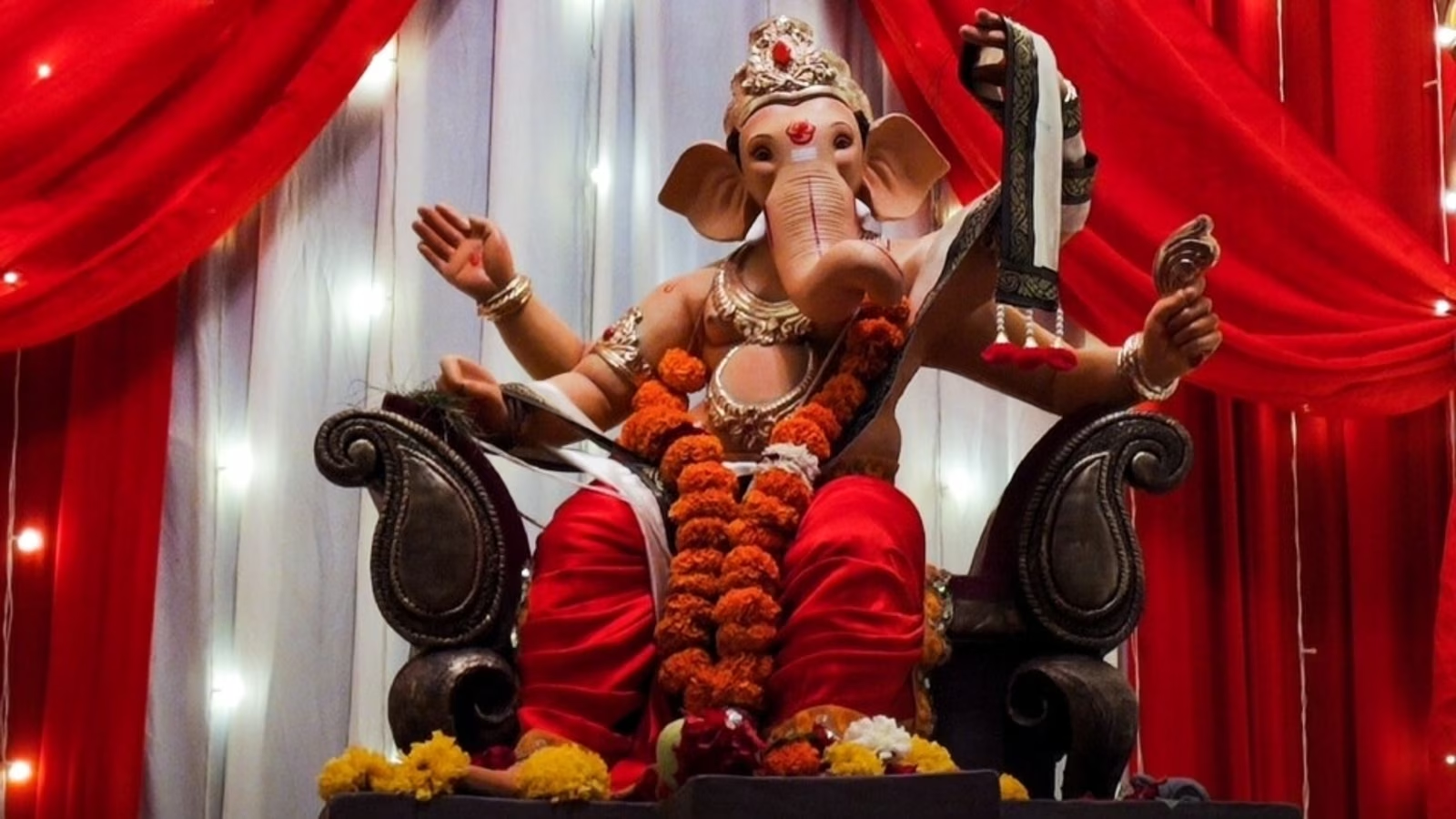
Ganpati Visarjan: Immersion of the idol
Visarjan or Nimajjanam immersion of the idol takes place on the festival’s last day. The 10th consecutive day is popularly known as Anant Chaturdashi. After the festival, these idols are submerged in a river, sea, or any water body. Thousands of devotees gather on the beaches with drums and firecrackers to say goodbye to Lord Ganpati.
Ganesha Chaturthi in 2024 will be observed on August 30th. This auspicious Hindu festival celebrates the birth of Lord Ganesha, the elephant-headed deity who is revered as the remover of obstacles and the god of beginnings.
Date and Time:
- Date: Saturday 7 September, 2024
- Time: The festival begins with the installation of Ganesha idols in homes and public pandals. This is usually accompanied by prayers, devotional singing, and offerings. The duration of the festival varies, but typically idols are kept for 1 to 10 days before being immersed in water.
Significance:
- Ganesha Chaturthi holds significant cultural and spiritual importance across India, especially in Maharashtra where it is celebrated with great fervor. It marks the beginning of the festival season and is a time of joy, community gatherings, and devotion to Lord Ganesha.
- Devotees believe that invoking Lord Ganesha during this time brings prosperity, success, and removes obstacles from their lives.
- The immersion of Ganesha idols (Visarjan) symbolizes the cycle of birth and rebirth, reminding people of the impermanence of life.
Ganesha Idols:
- During Ganesha Chaturthi, elaborate idols of Lord Ganesha are crafted and installed in homes and public pandals. These idols are typically made of clay, plaster of Paris (PoP), or eco-friendly materials to minimize environmental impact.
- Artisans and sculptors create these idols with intricate designs and decorations, often reflecting cultural motifs and regional styles.
- The size of Ganesha idols can vary from small ones placed in homes to massive ones displayed in public pandals, attracting thousands of devotees.
Overall, Ganesha Chaturthi is a vibrant and joyous festival that celebrates the divine presence of Lord Ganesha and promotes unity, cultural heritage, and spiritual growth among communities.



